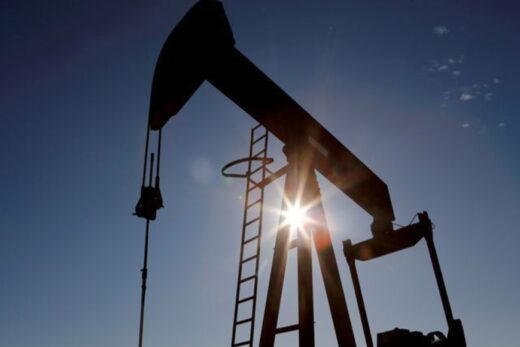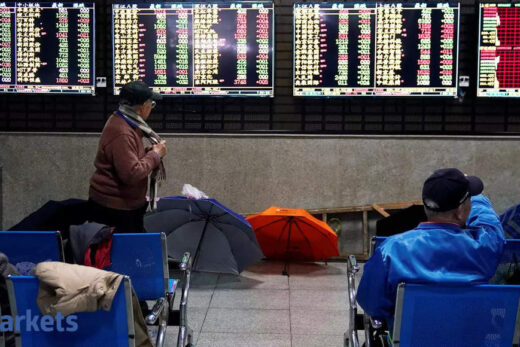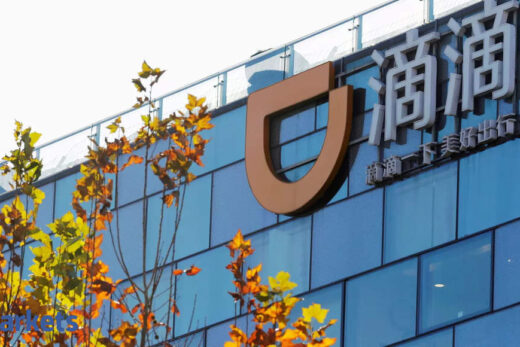Brent crude futures rose $1.25, or 1.9%, to $66.36 a barrel by 1351 GMT, while U.S. West Texas Intermediate was at $63.39 a barrel, up $1.45, or 2.3%.
The two contracts are on track to fall about 3% on the week – their biggest loss since March – after Iran’s president said the United States was ready to lift sanctions on his country’s oil, banking and shipping sectors.
Iran and world powers have been in talks since April on reviving the 2015 deal and the European Union official leading the discussions said on Wednesday he was confident a deal would be reached.
Still, investors remain upbeat about fuel demand recovery this summer as vaccination programmes in Europe and the United States would allow more people to travel, although rising cases across parts of Asia are raising concerns.
Option bets on oil prices rising above $100 for the December 2021 Brent contract have jumped after last week’s surprisingly strong U.S. inflation data, with open interest on calls nearly tripling in May, JPMorgan analysts said. The bank’s forecast is for Brent to end 2021 at $74.
To reach $100, demand would need to average above 102.6 million bpd in the third quarter and grow to 103.6 million bpd in the fourth quarter, JPMorgan said, in the absence of any additional OPEC+ supply response.
It expects Iranian crude and condensate production to rise to 3.2 million barrels per day in December, from around 2.8 million bpd in the first quarter.
Barclays expects Brent and WTI oil prices to average $66 a barrel and $62 a barrel, respectively, this year.
It cut demand estimates for the Emerging Markets Asia (ex-China) region, flagging the risk of further downside if the recent surge in infections persisted.
“Extended mobility restrictions in the region might slow the demand recovery somewhat, but seem unlikely to stall it for a sustained period, given largely positive results of vaccination programs worldwide,” it said.



